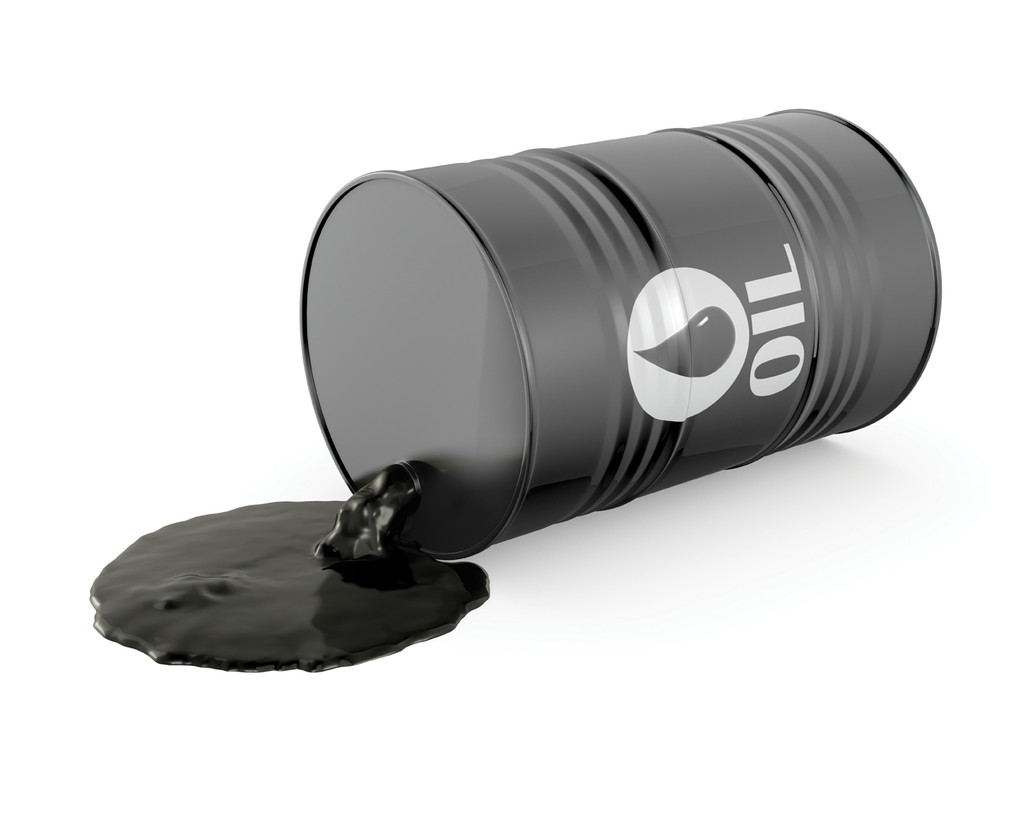
If you mention commodities trading to people of a certain age, the first thought that would come into their head would be the iconic 1980s film Trading Places where Eddie Murphy?s character is taught to trade the likes of pork bellies and frozen concentrated orange juice.
Today with plenty of futures, contracts for difference (CFD) and spread betting brokers vying for your business these markets are more accessible than ever. It is fair to say there is not a particularly special approach to commodities compared to other assets. Like other markets, commodities will go up, down and sideways. They do not trade in isolation and the movement in other markets such as currencies - and of course major geopolitical events - will have an impact on commodity prices such as gold and oil.
Focus on the details
Before starting it is important to understand the details of the commodity you are interested in. Angus Campbell, senior market analyst at FX Pro explains: ?Commodity trading is not for the faint hearted and it can prove either very lucrative for a trader or very costly. Many commodities have different trading hours and tick movements, so knowing all these intricacies is important before getting underway. It is also imperative to know what it is that makes them move, so a drought in Brazil for example might affect Arabica coffee, but not Robusta Coffee so much as less Robusta is produced in Brazil. ?
There are plenty of alternative ways to get exposure to commodity markets such as ETFs and commodity funds if an individual does not have the risk appetite for leveraged trading just yet.As Campbell mentions, probably the first area to understand is a one point move in the commodity; this can help you manage the risk. For example, if someone decides to buy crude oil at £1 per point, using spread betting, then a 1 point move is usually equivalent to a 1 cent move in the oil price. So if you bought £1 a point when oil was trading at $81 per barrel and the price dropped to $80, then this represents a £100 loss because the price has dropped 100 points.
It can be slightly different again with contracts for difference. James Abbott, trader at CFD provider Accendo Markets uses gold as an example. ?Trading at $1,230 an ounce, this is some way off the highs in 2011 of over $1,900. If you believe gold will now start to go up you could open a trade to go long on gold. Each contract is either $10 (mini-contract) or $100 (maxi-contract) per one dollar movement in gold. If gold climbs to $1,300 with a $10 (mini) contract you could make $700 profit, or with a $100 (maxi) contract you could make $7,000 profit. Should gold fall in value you would be subject to the same losses.?
Consider your options
CFDs and spread bets are often referred to as Over The Counter (OTC) derivatives. They don?t trade on an exchange but rather the broker you trade with is in effect acting as a market maker, mimicking the movements of the commodity price. You can of course trade commodities on an ?official? exchange using products such as futures and/or options. A futures contract is not a million miles different from a CFD - there is usually an expiry date and one contract is worth a fixed number of dollars per one ?tick? movement in the price of the commodity. According to Sucden Financial, a commodities broker of 40 years standing, options are often a popular way that their clients gain exposure to major commodities.
Julia Williams, head of private clients at Sucden says: ?One of the main benefits of buying option contracts is the risk profile they represent - they are directional plays with potentially unlimited profits and a known maximum loss - the option premium paid. You can speculate on falling commodity prices by buying puts, or on rising prices by buying calls. You can even take positions which exploit movement in either direction (a straddle), if you expect substantial moves one way or the other.?
If you were worried about a sudden, shock move against you - for example, in the price of oil due to unexpected events in the Middle East - options can be one way of capping your risk. When buying options, you can never lose more than the premium paid so you know the worst case scenario from the start. One way of absolutely limiting your risk when using products such as CFDs or spread bets is to use a guaranteed stop loss - you will pay a slight premium in spread or commission for this but will know that whatever happens your trade will be exited at the guaranteed price, again quantifying risk right from the start.
As long as the risks are understood these different products all have their uses. If you are unsure, speak to some of the brokers, they will usually only be more than happy to help.
Chris Beauchamp, market analyst at IGG (IGG) offers some pointers on analysis approaches. ?One of the key mistakes beginners make is to focus on the small picture and ignore the bigger one that is looming in the background. There are tools to help you focus on the bigger picture, with one of the key ones being the Commitment of Traders (COT) reports.
?These are published each week and provide a useful overview of broader market sentiment on various commodities among the bigger players, are they positioned to profit from the market going up, or down? As a retail trader you would be well-advised to pay heed to the shifts in sentiment, knowing that these bigger players can help shape the market?s broader direction.
?Also keep an eye out for all the economic data and supply reports that populate commodity markets. This is where the broader sentiment takes its cue, looking at the health of the global economy and its main players for clues as to likely shifts in demand and supply. Weather reports might be mundane, but when trading agricultural commodities these are important - heavy rains in Brazil, for example, can result in a major shift in sugar production.?
Trading ideas
Michael Hewson, chief market analyst at CFD and spread betting business CMC Markets, paints the picture for a couple of popular metal commodities, and offers a potential trading idea. ?One of the big mysteries of recent months has been the current underperformance of gold and silver prices despite concerns about geopolitical blowback from events in Ukraine, Syria, Iraq and now from concerns about the spread of Ebola. These falls in prices can in some part be put down to the belief that inflationary pressures globally continue to remain benign, thus reducing the appeal of an asset that has historically been used as an inflation hedge.
?Currently the gold/silver ratio is trading at multi- year highs, that is gold is currently outperforming silver and is trading at a significant premium to its 200 week Moving Average. This would therefore suggest the underperformance in the silver price could start to correct the other way. Buying silver on its own has been a rather expensive process in recent months, akin to catching a falling knife, but traders can mitigate this by hedging a long position in silver with a short position
in gold.?
Oil Moves
The other popular commodity amongst individual traders is oil. Sakib Arain, crude oil trader at JNF Capital, a CFD broker, offers us an outlook. ?With the market expecting the US to raise interest rates soon, the dollar has been extremely strong, this in turn has put pressure on crude oil. Moving forward, if the Saudis continue production at the current rate, the market will remain awash with oil, hence lower prices will be inevitable. It is rumoured that the US is supporting this action from the Saudis as a lower oil price will be detrimental for the Russian/ Iranian economies and for ISIS as oil remains their main source of revenue.
?From a technical perspective US crude oil is officially in a bear market, it has broken a six-year old trend line to the down side, and trading below a major institutional level of $91.21. As long as we remain below $91.21 we stay in this bear market.?
Nour Al Hammoury, chief market strategist at ADS Securities says ?the Middle East is based on oil but current market conditions are causing real concerns.? He adds: ?Prices are tumbling, reserves are high and demand remains soft. Retail investors are leading a massive move into oil CFDs and, along with regional governments, they want to see prices back north of $100. But with the economy softening some industry experts are backing oil down to US$75, so a lot of traders may be disappointed.?
There is more than one way to trade energy and Julia Williams at Sucden sees some clients using other markets. ?The slide in crude oil prices has been dramatic considering some were worried the Islamic State situation would disrupt oil supplies in the Middle-East and drive oil prices up. Traders who are looking to take advantage of the volatility in oil prices can trade a range of energy futures other than crude oil, such as gasoline and gasoil, across a range of time frames.?
While commodities can be a new area for many investors and even experienced traders, the wealth of markets, information and products out there make them another interesting asset class to watch for opportunities.






